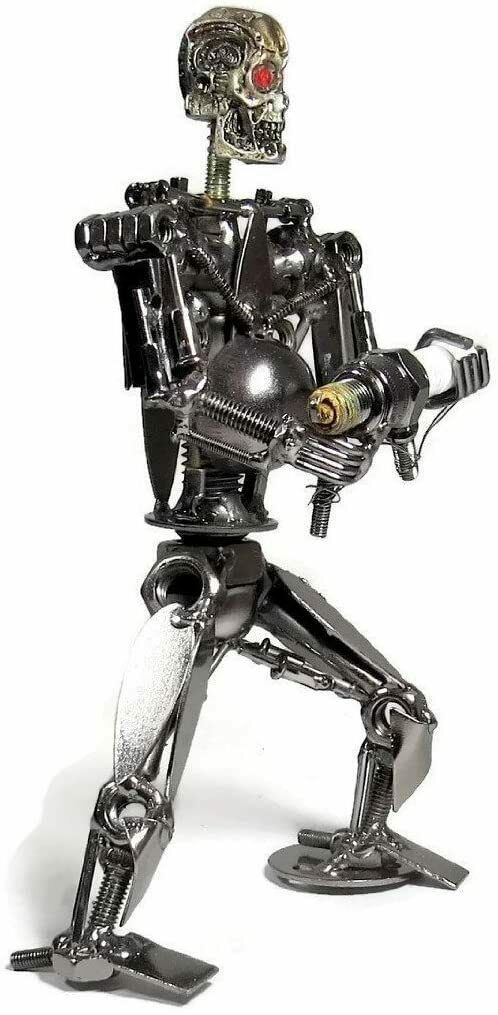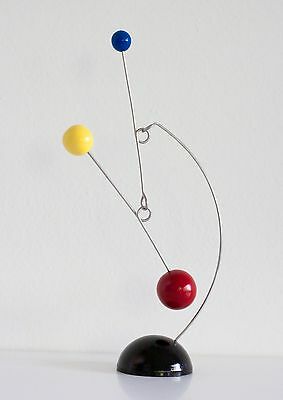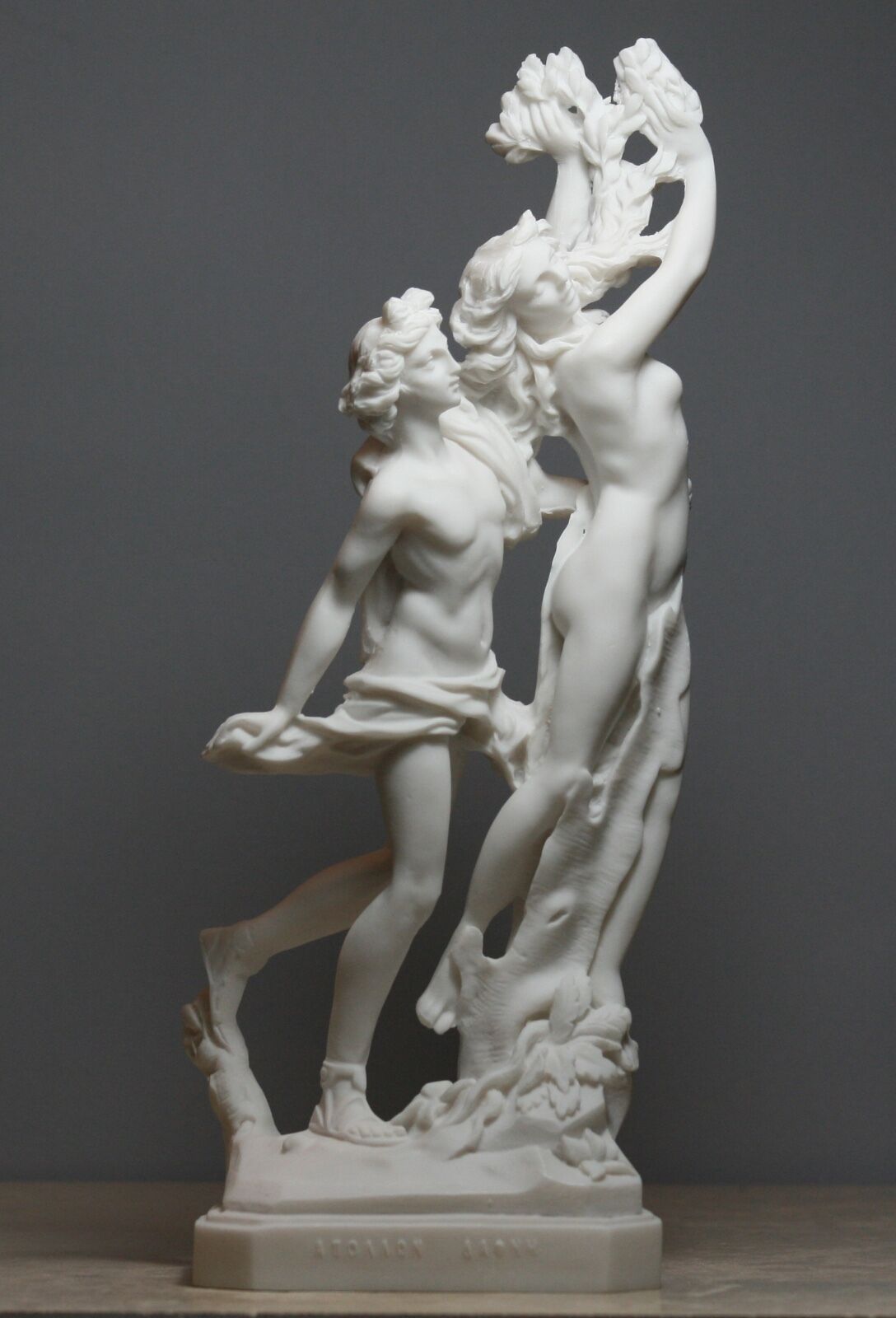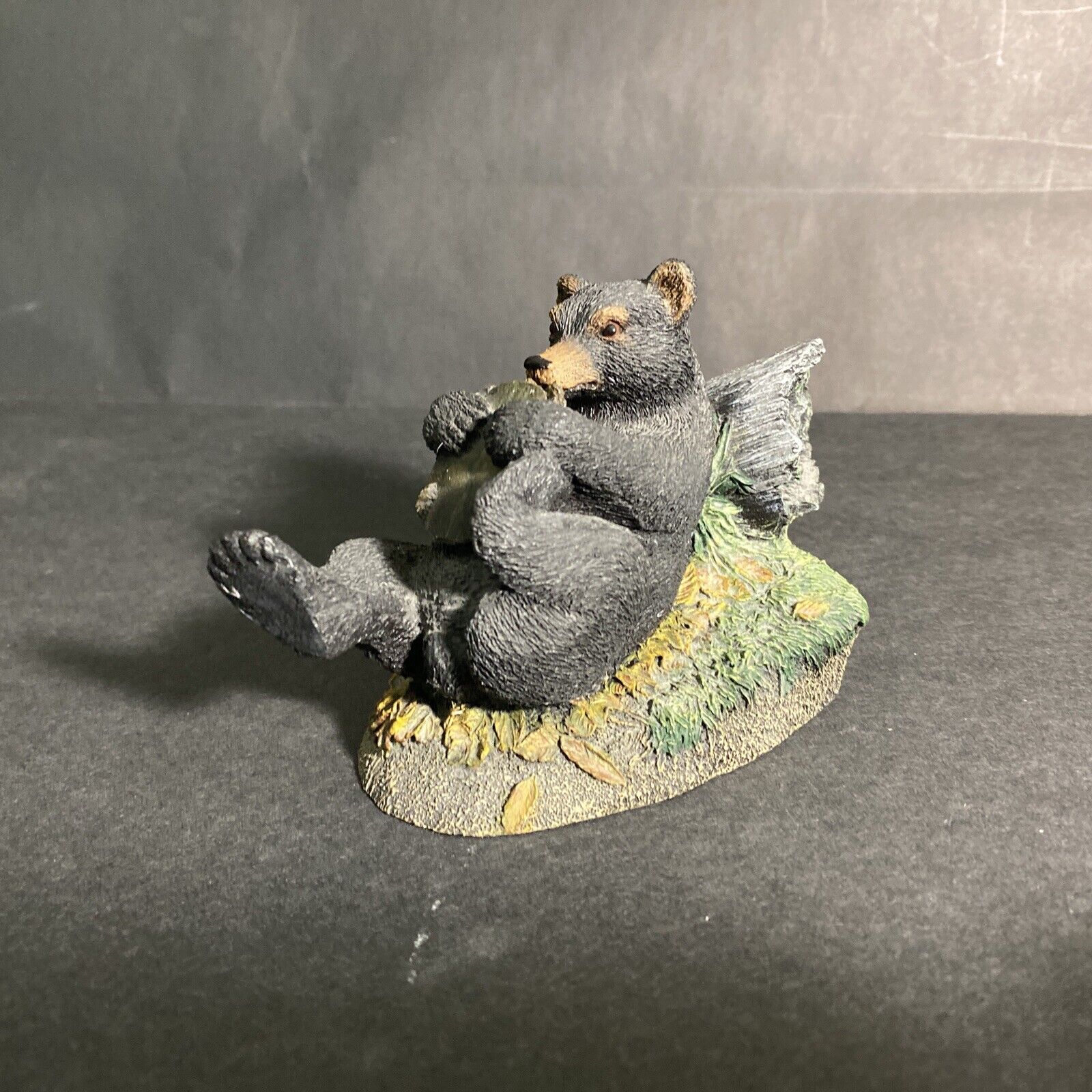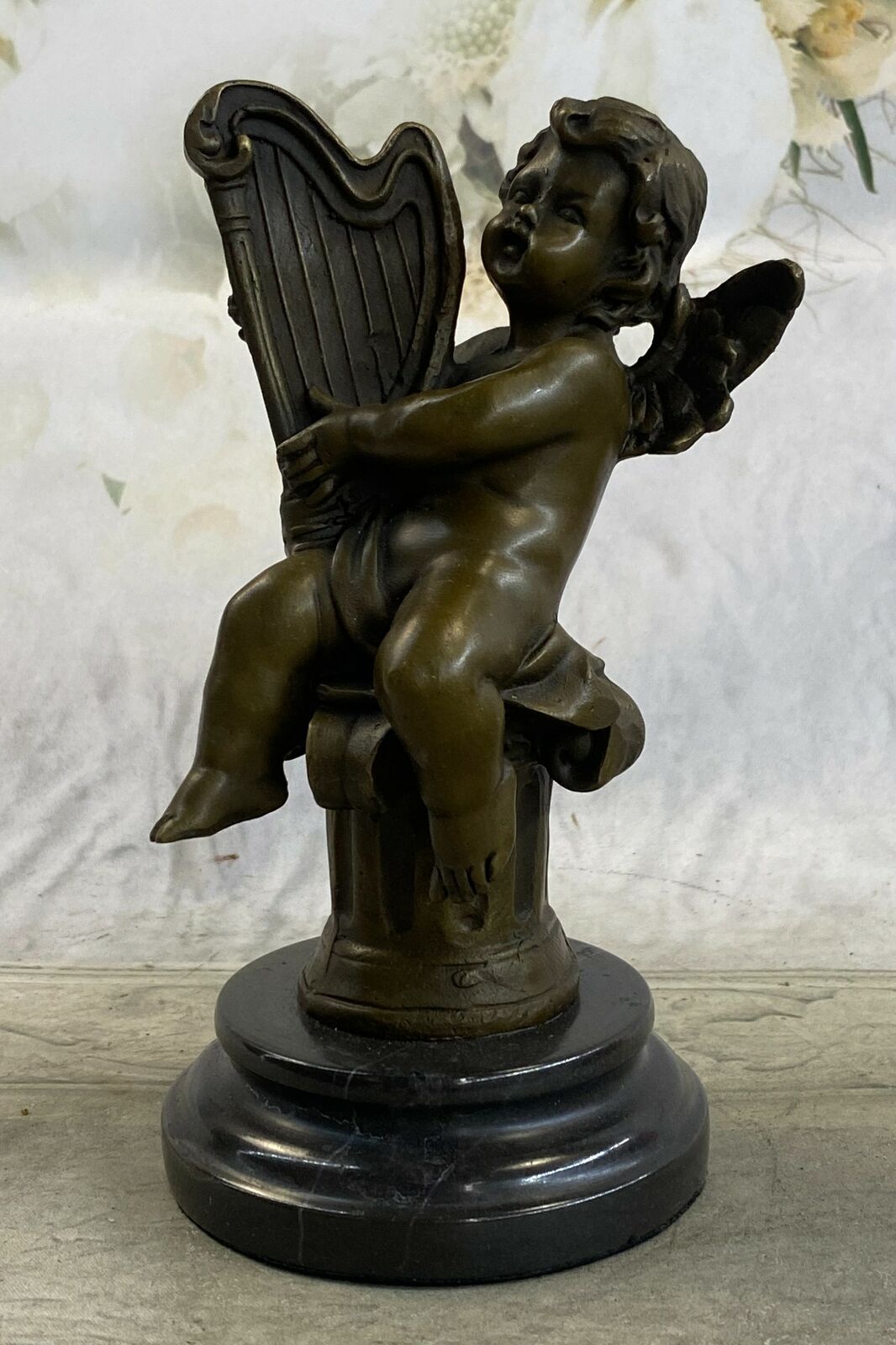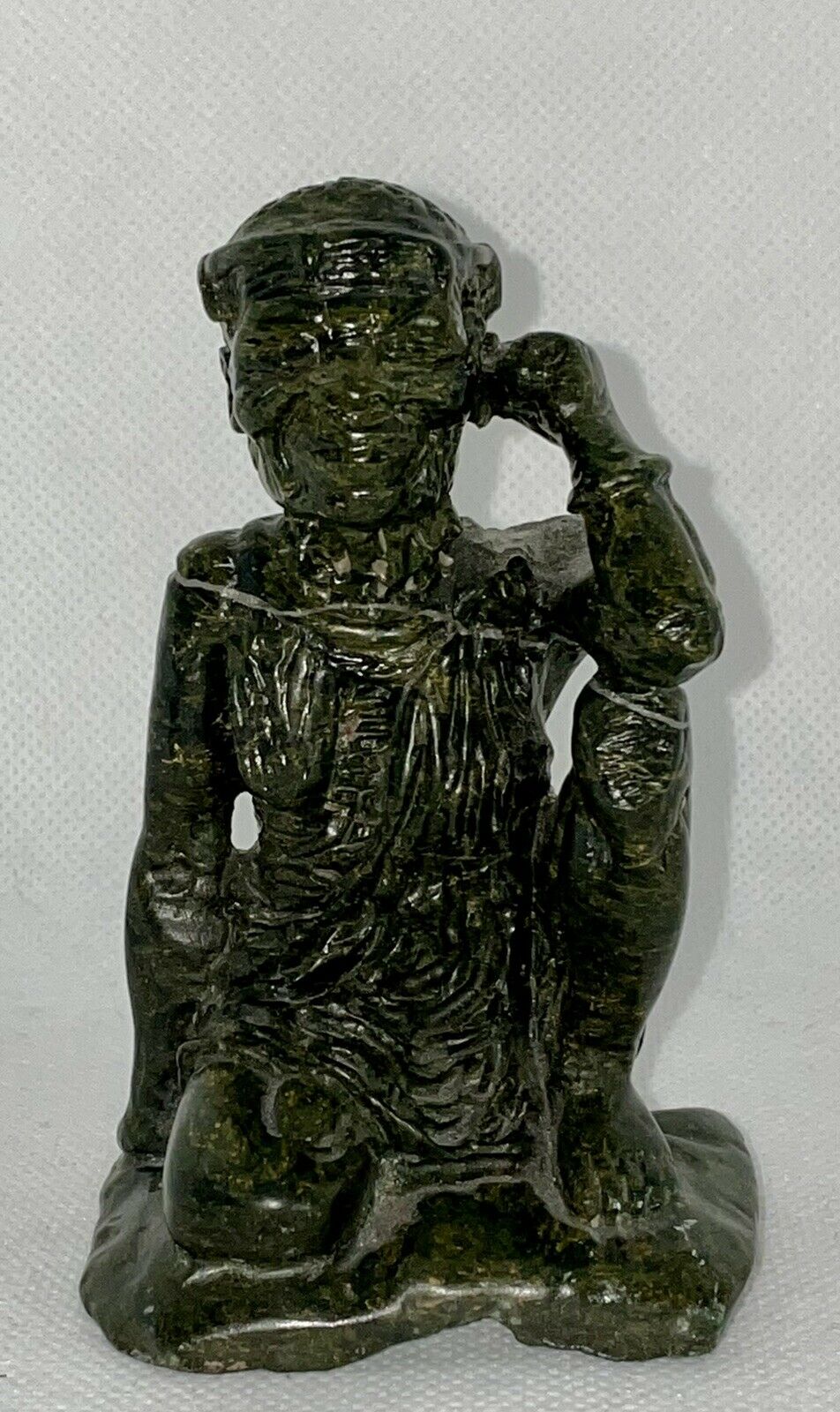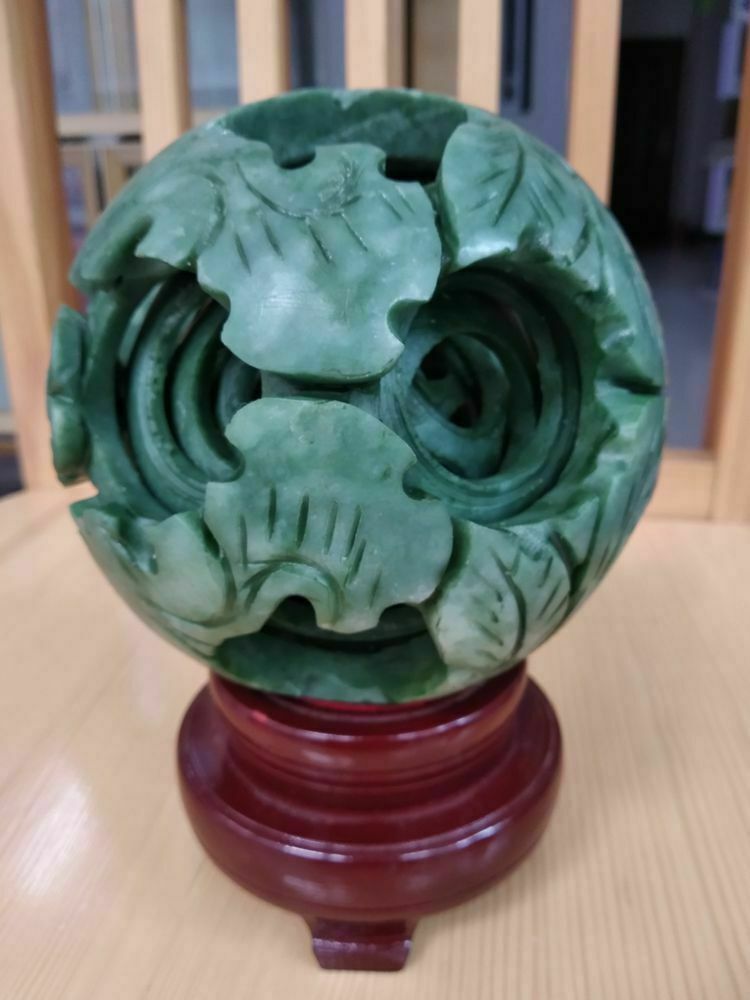-40%
Artist William Ordway Partridge Signed Bronze Base Relief Plaque Immortal Poets
$ 488.4
- Description
- Size Guide
Description
Beautiful American artist William Ordway Partridge (1861-1930) round plaque.It is signed along the lower right edge, seen magnified in picture 6.
The piece is titled "Immortal Poets" and depicts portraits of Shakespeare, Dante, Virgil, and Homer with stars in the background.
The piece is in excellent original condition with no chips, cracks, losses, or repairs. It has a gorgeous, rich patina.
The plaque is roughly 11" in diameter. Below is some information about the artist, whose original bronzes do not come up for sale often.
Please feel free to ask us any questions you may have prior to bidding or making an offer.
Shipping includes insurance and tracking.
"William Ordway Partridge (1861-1930) was an American sculptor whose public commissions can be found in New York City and other locations.William Partridge was born in Paris to American parents descended from the Pilgrims in Massachusetts; his father was a representative of A.T. Stewart . At the end of the reign of Napoleon III , Partridge travelled to America to attend Adelphi Academy in Brooklyn and Columbia University (graduated 1883) in New York. After a year of experimentation in theatre, he went abroad to study sculpture. During a brief stint in the Paris studio of William-Adolphe Bouguereau , he formed a
close friendship with the neo-Gothic architect Ralph Adams Cram on his 1887 trip. He knew the young Bernard Berenson in Florence , where he studied in the studio of Galli, and Rome , in the studio of Pio Welonski (1883-85).His published work includes articles on aesthetics and several art history books including Art For America (1894), The Song Life of a Sculptor (1894), and The Technique of Sculpture (1895). He also wrote poems and published the verse novels Angel of Clay (1900) and The Czar's Gift (1906).Aside from his public commissions, his work consisted mostly of portrait busts. In 1893 eleven of his works were displayed at the World's Columbian Exposition , Chicago, according to the official catalog of the Fine Arts Building at the fair, where he exhibited sculptures of Alexander Hamilton and William Shakespeare as well as portraits. In this same catalog Partridge was listed as living in Milton, Massachusetts . He maintained homes and studios in both Milton and New York. Among his studio assistants on West 38th Street in New York was Lee Lawrie .Partridge went on to lecture at Stanford University in California, and assumed a professorship at Columbian University, now George Washington University , in Washington, D.C.His life-size statue of the Native American princess, Pocahontas , was unveiled in Jamestown, Virginia in 1922. Queen Elizabeth II viewed this statue in 1957 and again on May 4, 2007, while visiting Jamestown on the 400th anniversary of the founding of the first successful English colonial settlement in America. On October 5, 1958, a replica of the Pocahontas statue by Partridge was dedicated as a memorial to the princess at the location of her burial in 1617 at St. George's Church in Gravesend , England. The Governor of Virginia presented the replica statue as a gift to the British people.Partridge died in Manhattan , New York on May 22, 1930.Selected worksA considerable amount of Partridge's statuary remains on public display in New York City and other locations:Samuel J. Tilden , on Riverside Drive at 113th Street. Thomas Jefferson (1914), in front of Journalism Hall at Columbia University . Thomas Jefferson , New-York Historical Society, 1901. Alexander Hamilton , Hamilton Grange , New York, (1892) This standing figure was commissioned by the Hamilton Club of Brooklyn and having been exhibited at the World's Columbian Exposition, stood in front of the Club's premises in Brooklyn Heights, 1893â1936, when it was removed to its present location. A 1908 replica stands in front of Hamilton Hall, Columbia University. Edward Everett Hale , bust, Union League Club of Chicago."








